
Tortuguero translates as turtle catcher, and when some of the first settlers arrived in this region in the 16th century that is just what they did, and continued to do for several centuries, dangerously depleting the species to near extinction.
In the latter part of the 20th century, the Caribbean Conservation Corps (CCC), a turtle research center, was founded, and in 1970 the region was declared national parkland. Today Tortuguero is the largest green turtle nesting site in the Caribbean, as well as welcoming several other species ashore during the breeding season, such as the hawksbill, loggerhead, and giant leatherback. Although the population is now stable, the turtles are still vulnerable, and conservation efforts are significant to their future.
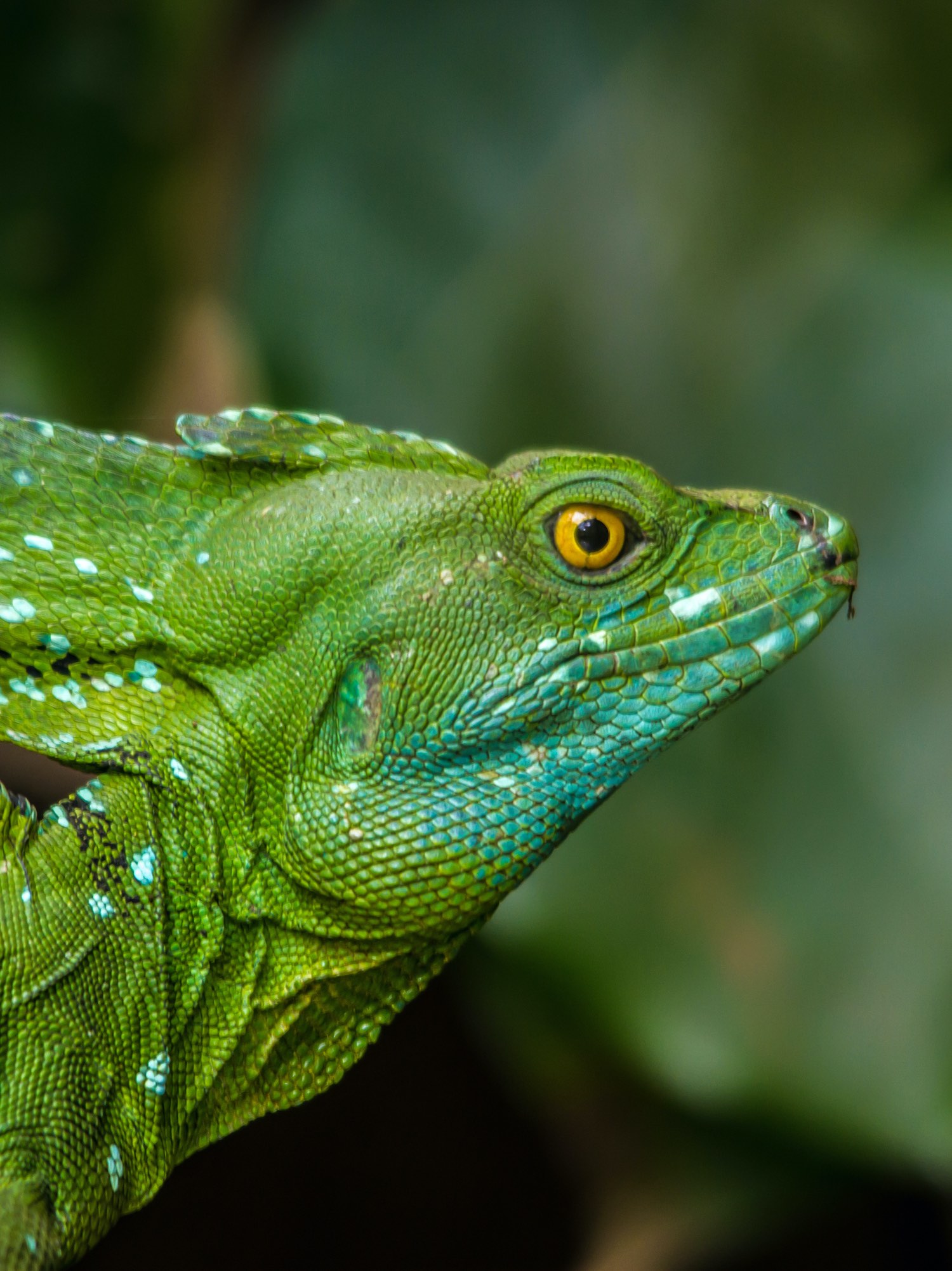
Watery world of canals, lagoons, dense rainforest

Located on the northern Caribbean Coast, Tortuguero, also called the ‘Land of Turtles,’ is a watery world made up of a network of canals, lagoons, streams, and dense rainforest. Only accessible by plane or boat, this region blurs the line between the ocean and dry land and is a trendy place to visit despite being a little tricky to get to. The area is known for the lushness of its rainforest and the tropical life that it supports. The jungle trails are overhung with vines and bromeliads, and the forest floor is dotted with bright, rare orchids. There are over 300 species of birds here and crocodiles patrolling the canals, monkeys, iguanas, and tiny dart frogs. The whole place glints with rain and sun and the tropical colors of its rainforest wildlife.
build your clients trip with our experts


WHAT NOT TO MISS IN
Tortuguero
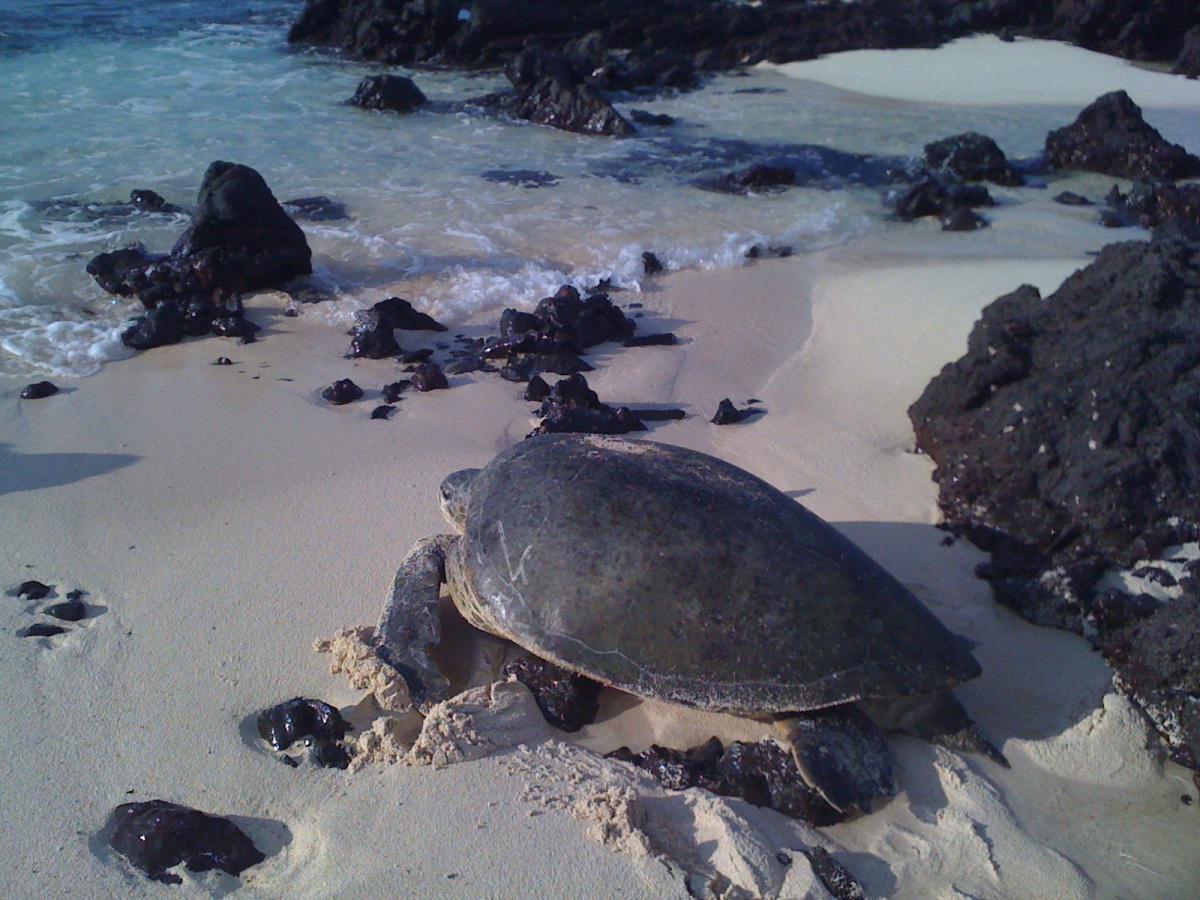
Sea Turtle Conservation Center
The Caribbean Conservation Corporation’s Visitors’ Center and Museum provide in-depth information about sea turtles and their history within the park. Tortuguero is home to the most significant leatherback nesting and hawksbill turtles in the western hemisphere and is the largest green turtle rookery. It’s vital in protecting the nearby breeding tortoises, the beach, and terrestrial ecosystems.
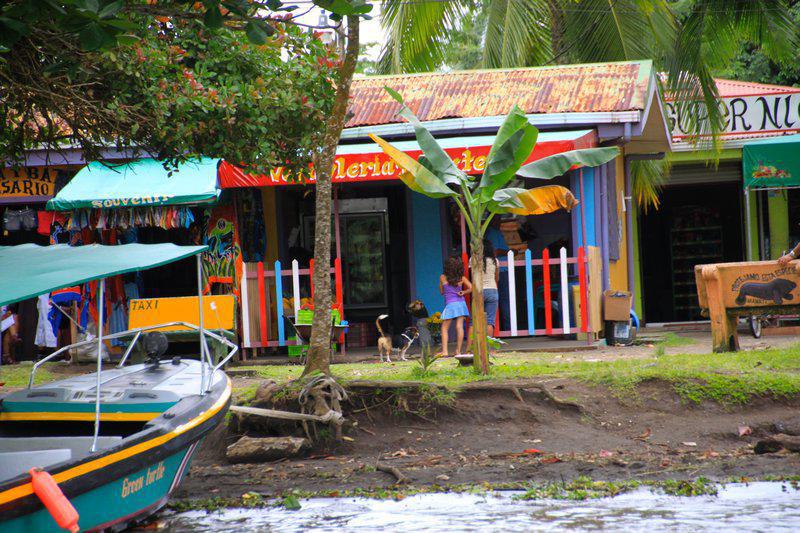
Tortuguero Village
Many family-owned restaurants and small businesses are selling delicious Caribbean food. Make sure to try the delicious banana and chocolate cake, or if you don’t have such a sweet tooth go for the ‘patties’ stuffed with meat or chicken and diced with hot chili sauce. Go souvenir shopping in Tortuguero. Here you will find really nice and authentic handicrafts and souvenirs often hand-made by local artists.
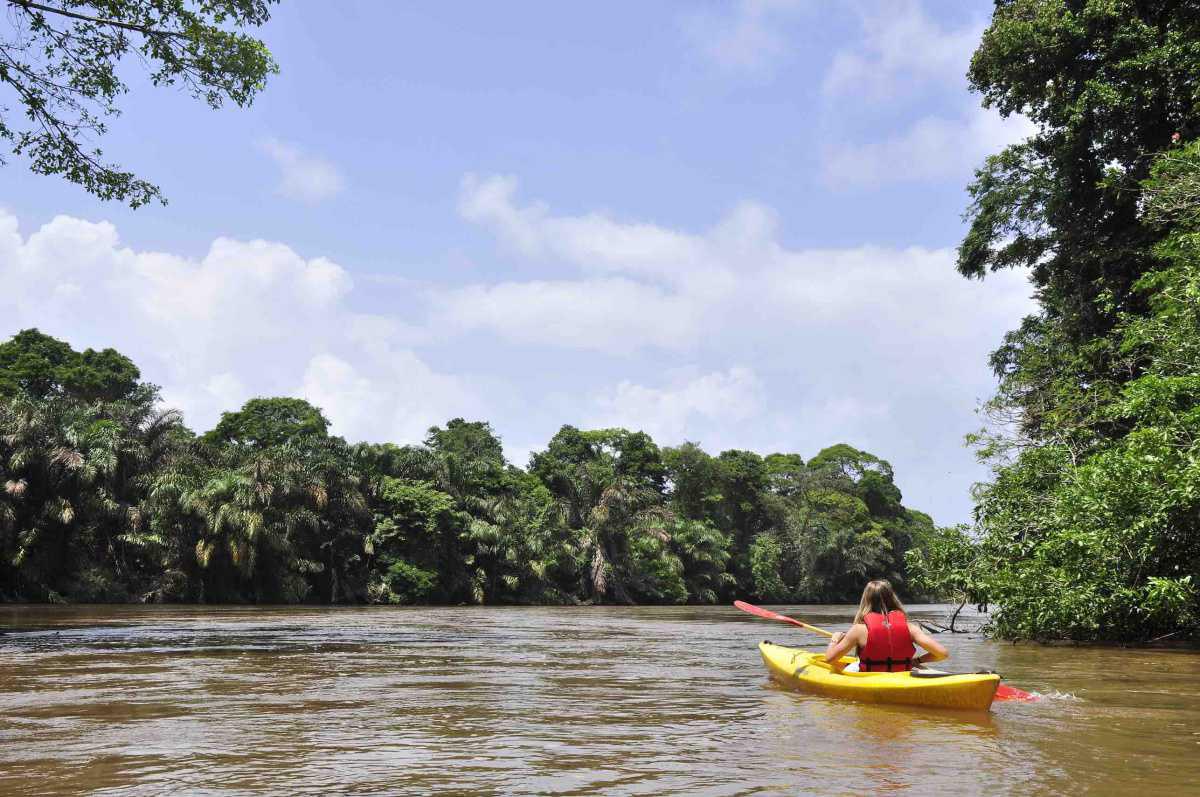
Kayak & Paddleboard
Explore nature and wildlife with a kayak or a paddle-board, float under the leaves, sleeping sloths, and hanging birds. Many winds and turns on rivers to create complicated labyrinths, and most birds and animals are not so intimidate when people don’t look like humans on land. All the inland rivers around Tortuguero are very straight and absolutely calm, aside from a smooth stream on the main channel.

Visiting the turtles
The time to observe Tortuguero National Park’s nesting sea turtles is at night from July to October. Tortuguero is the primary Atlantic nesting site for the green turtle, but if you come early in the turtle season, you might even be lucky enough to see a larger-than-life Leatherback turtle.
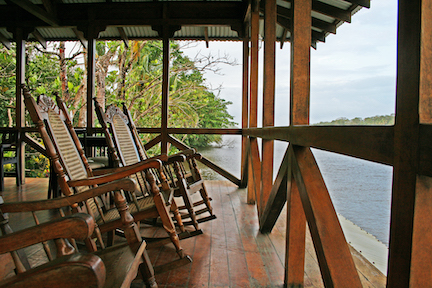
Stay in one of the lodges
Freshwater and marine biology are some of Costa Rica’s most popular eco-tourism highlights. Lodges and hotels offer guests comfort and beauty, professional natural history guides, and excursions. Between the months of July and October, one of the world’s largest nesting sites for the Atlantic green turtle.
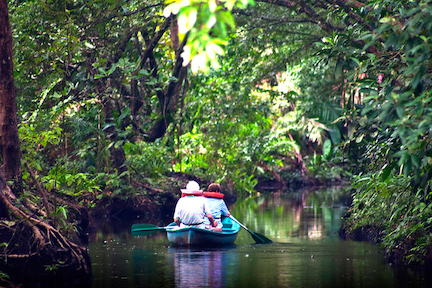
Cruise the canals
In this fantastic and exotic adventure and nature tour, discover the rainforest, plants, animals, wildlife, sea turtles, crocodiles, and other animals. A labyrinth of natural waterways offers visitors the chance to explore the real rainforest experience of dense and endless jungles without leaving the boat or walking on boring paths.
destination map

| Title | Address | Description | |||
|---|---|---|---|---|---|
San José | San José, Costa Rica | Sprawling and chaotic at first sight, San José is nonetheless a vibrant capital with plenty to see and do. There are still pockets of colonial gems around San José and some very fine museums and green spaces, as well as a lively cultural life.Read more… | |||
Manuel Antonio | Parque Nacional Manuel Antonio, Provincia de Puntarenas, Quepos, Costa Rica | In the Manuel Antonio National Park you’ll find sloths, iguanas and the rare squirrel monkey among many other species. In the pristine waters around the perfect bays there is a flurry of marine life from dolphins and turtles to whales and colorful tropical fish.Read more… | |||
Arenal & La Fortuna | Volcán Arenal, Provincia de Alajuela, San Carlos, Costa Rica | The presence of the impressive Arenal Volcano is everywhere. Whether strolling around La Fortuna village, canopy rappelling in the forest, boating along Lake Arenal, horseback riding or hiking the countryside…adventure lies around every corner.Read more… | |||
Monteverde | Provincia de Puntarenas, Monteverde, Costa Rica | Home to Costa Rica’s most stunning and pristine Cloud Forest where you can find birds, monkeys and people (zip-lining of course) flying through the trees! There are plenty of adventures from the Sky Walk to horseback riding and hiking.Read more… | |||
Tortuguero | Tortuguero, Limón, Costa Rica | On Costa Rica’s northern Caribbean Coast,, Tortuguero is a water world made up of canals, lagoons, streams and dense rainforest. Known as the ‘Land of Turtles’, Tortuguero is one of the world’s most important turtle nesting sites! Read more… | |||
Puerto Viejo | Limón, Puerto Viejo de Talamanca, Costa Rica | The laid-back pace of this Caribbean beach town is bound to win you over. Here you’ll get a taste of Costa Rica’s Creole culture and enjoy the adventures of the nearby Gandoca-Manzanillo Wildlife Reserve as well as relaxing in its calm Caribbean waters. Read more… | |||
Tamarindo | Provincia de Guanacaste, Tamarindo, Costa Rica | This once small, unassuming fishing village on the Pacific Coast has become the center of Costa Rica’s high-end beach scene. Tamarindo offers designer shopping, incredible restaurants and plenty of nightlife for those seeking a not so quiet beach setting. | Nicoya Peninsula | Península de Nicoya, Costa Rica | Jutting out out into the Pacific, this tropical peninsula is a mountainous and sparsely populated area with an abundance of wildlife. The stunning coastline is dramatic and unspoiled with long stretches of sandy beaches backed by jungle.Read more… |
Rincon de la Vieja | Volcan Rincon de la Vieja, Provincia de Guanacaste, Costa Rica | There are many ways to experience the area ranging from hiking, rappelling, rock-climbing and canopying to relaxing horseback rides and soaking in the volcanic hot springs flowing from the mountain – one of the major draws of the region.Read more… | |||
Central Highlands | Cordillera Central, San José, Costa Rica | This region has some of the highest mountains in Costa Rica with cool, misty cloud forests and rushing rivers. It runs from Nicaragua to Panama and separates Costa Rica’s Caribbean and Pacific Coasts, creating two very different climatic regions. Read more… | |||
Osa Peninsula | Peninsula de Osa, Provincia de Puntarenas, Costa Rica | The Osa Peninsula is an untouched natural wonderland with wildlife-filled rainforests and palm-backed Pacific beaches. Visit the Osa Peninsula’s Corcovado National Park where almost one-tenth of all the mammals found in the Americas live! Read more… | |||
Sarapiqui | Heredia, Sarapiquí, Costa Rica | Puerto Viejo de Sarapiqui in the lush Caribbean lowlands is known for its natural environment filled with tropical flora, and for the broad Sarapiqui River that flows through it. Read more… |
Depending on your client’s preferences, we can help you determine the best experiences tailored for your clients. From where to visit, when to go, what to do and how to get there safely, our travel experts will help you create an experience your clients will love.
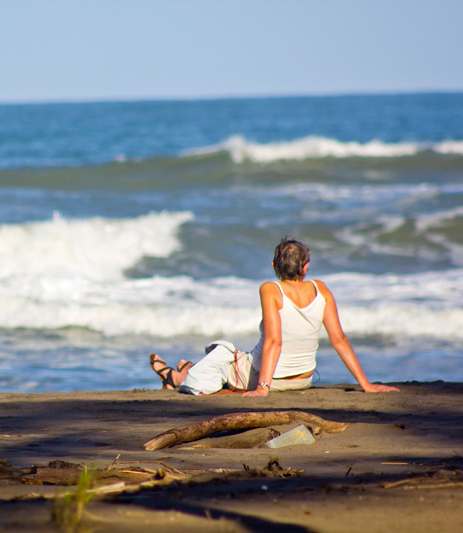
Best times
to visit Tortuguero
This tropical region is warm and rainy all year round, so most people base their visit on not the weather but the turtles. Visit during nesting season (roughly April-October), and you will have the opportunity to see the giant sea turtles laying their eggs at night. Tortuguero is the primary Atlantic nesting site for the green turtle, but if you come early in the season, you might be lucky enough to see the more gigantic Leatherback turtle. Visiting later in the season (November to early January), you are unlikely to see nesting. Instead, you will have the pleasure of witnessing the baby turtles make their first dash into the waves. It’s worth noting that more than 200 in. (508 cm) of rain falls in Tortuguero annually, so you can expect a downpour at any time of the year, with many of the lodges providing you with rain gear (including ponchos and rubber boots), but it can’t hurt to pack your own.
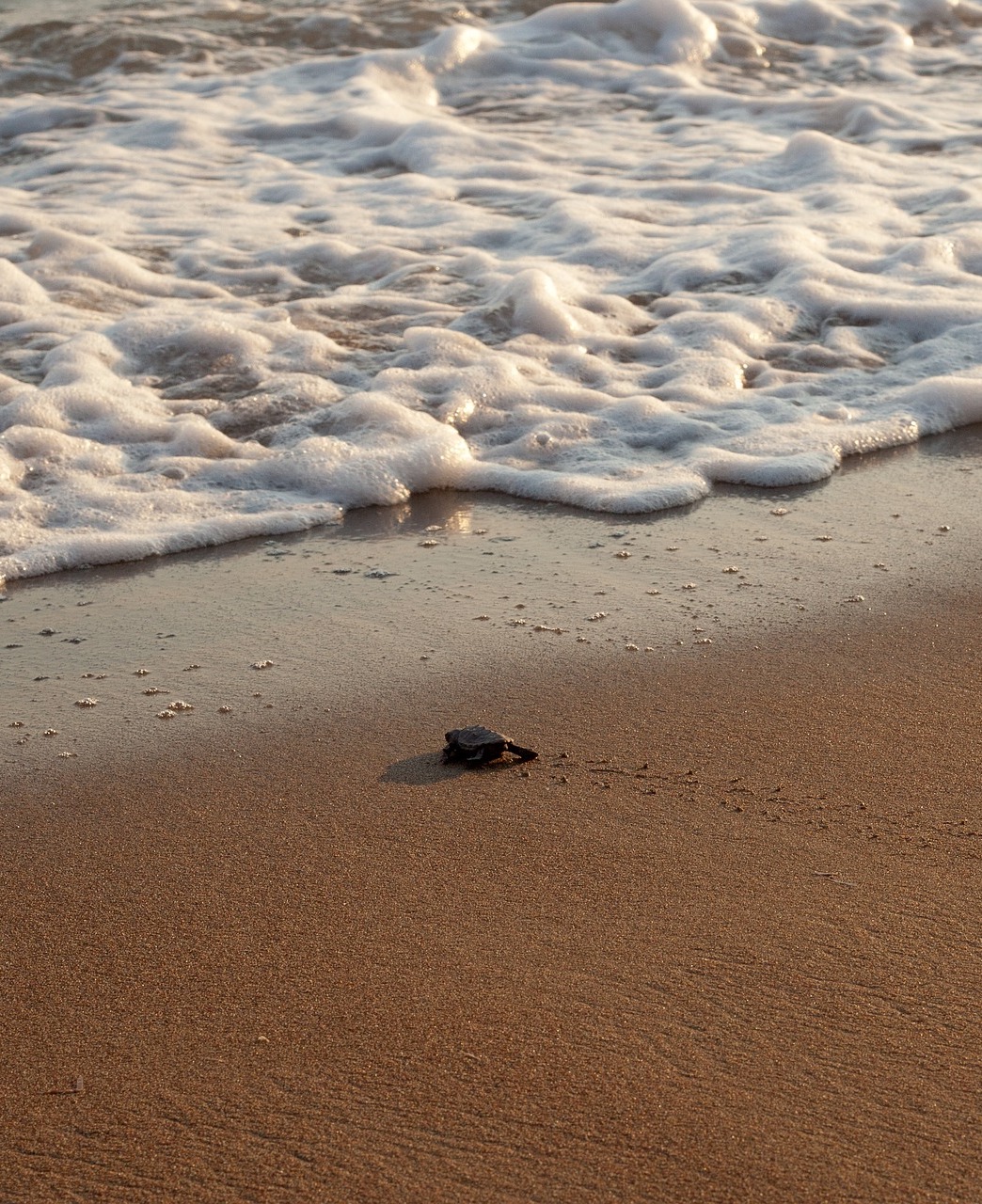
practical information
HOW TO GET THERE
Tortuguero is one of those destinations located in the remote jungle of Costa Rica Caribbean. Its location allows access only by boat or by air as it has no passable roads for vehicles.
The most important point where the boats are taken is La Pavona, about 2 hours from San Jose (without traffic). Boats leave from La Pavona to Tortuguero three times a day.
The boat ride takes about 1 hour and 30 minutes through the canals of the Rio La Suerte and then the Tortuguero River. The final destination is the main pier of Tortuguero, where the lodge will meet you and transport you by boat to the lodge.
GETTING AROUND
The only way to explore Tortuguero is to cruise the canals by boat. If you are staying in a lodge, the lodge will organise all excursions, which are by boat and hiking. In case you are staying in Tortuguero, you wil have to book a day tour.
WHERE TO STAY
In addition to several more upscale lodges and cabins in Tortuguero and on the canals north of the park, Tortuguero’s village also has many more basic accommodations to meet all types of budget. There are no accommodations within the Tortuguero National Park.
The best way to explore Tortuguero is to stay in a lodge along the canal, from our experience. The lodges include the activities like boat excursions, hikes and night walks, kayak. Most of the lodges have access to the beach, offer night walks to spot the turtles, and a swimming pool to relax. For transportation, you have to go around by boat.
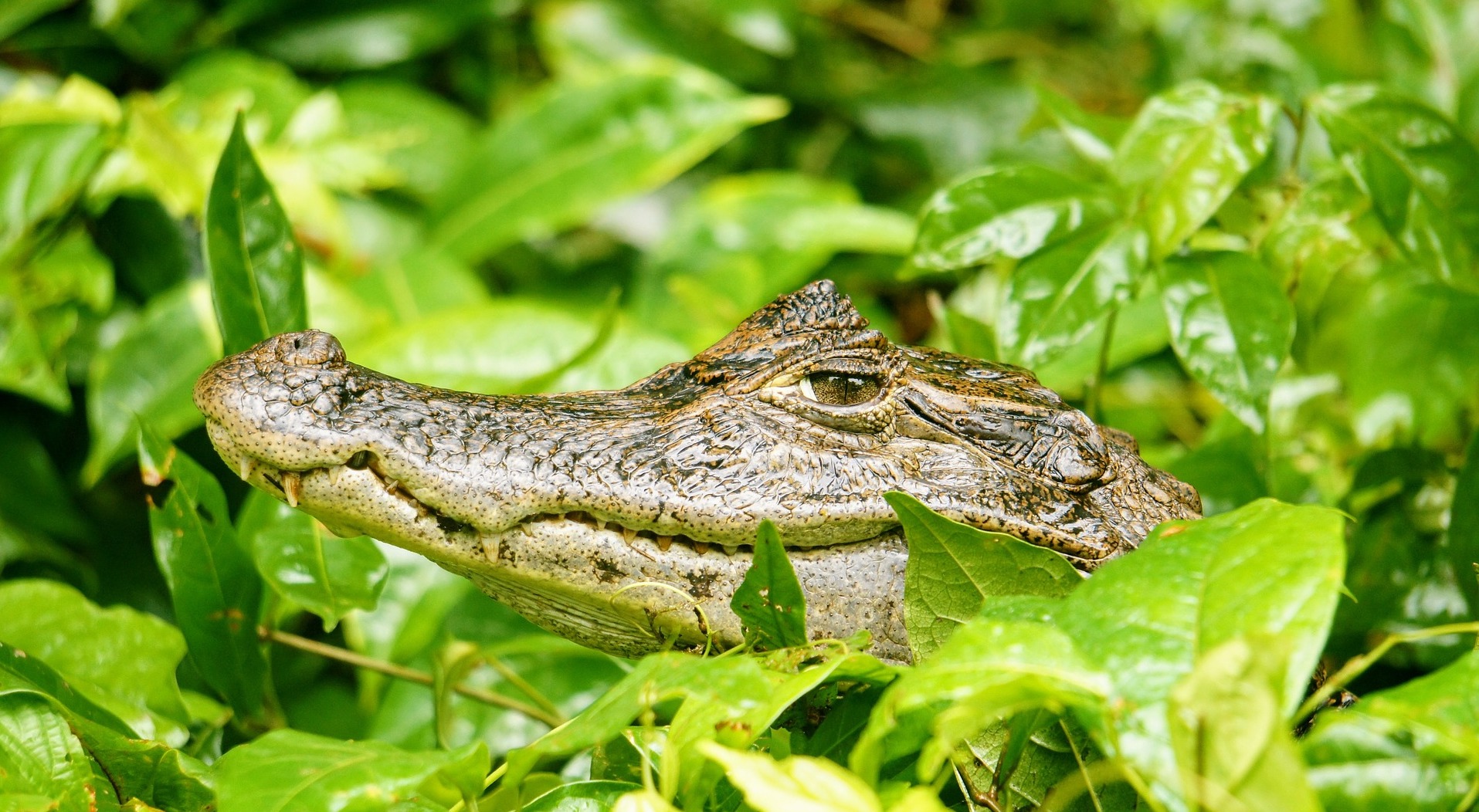
More highlights of Costa Rica
With eight local offices in Latin America, we have the perfect base to help you build the perfect trip for your clients. Unrivaled experience with a wide selection of bed & breakfasts, small posadas, unique boutique hotels and world class luxurious lodging.
